I currently have some problems getting the cp2102 and esp8266 to work together on my board and was wondering if some of you can spot the problem or have some hints for me.
The issue is, that I'm not able to upload anything to the esp8266 ( timeout cant detect flash config ), but the cp2102 is being recognized by my pc and the esp8266 modules are also working (tested with a spare nodemcu board, switched the cp2102 around aswell). The voltage on the pins seems to be fine aswell, except for gpio0, which hovers around 2V (while it is at 3.3V on the nodemcu board).
I suspect it has something to do with the cp2102 being used in USB Bus-Powered mode, since I can measure 2V on gpio0 and 0.9V on VCC while the tps61021 is powered off, but I'm not sure.
Edit:
- The tps61021 is powered by two aaa batteries and outputs 3.3V.
- The board is a 2 layer design.
- I used an external FT232RL programmer (connections: rst->RTS, dtr->DTR, rx-TX, tx->RX and gnd->gnd) on a working previous iteration (without the onboard cp2102)
